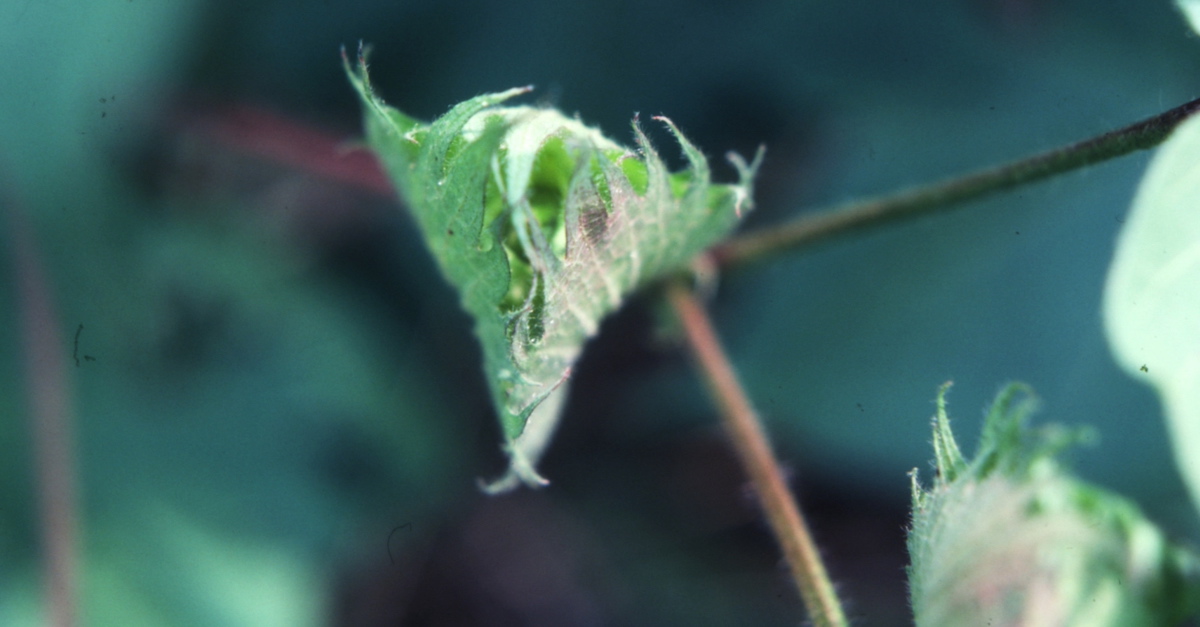Search for Thrips Control Options Continues
From Cotton Grower Magazine – February 2015
Thrips control in 2014 proved challenging for many cotton growers. And the findings from field studies conducted in the Southeast and Mid-South last year may not provide many happy answers for this season.
“We have concerns with some of our preventative treatments, especially since the loss of Temik and the heavy reliance on seed treatments,” said David Kerns, associate professor of entomology with LSU AgCenter. “We’ve had some resistance issues with some of our seed treatments, and we have concerns with some other treatments, as well.”
Kerns and Jeremy Greene, Extension entomologist with Clemson University, discussed some of the findings from recent thrips control studies during the recent Beltwide Cotton Conferences in San Antonio. Key points included:
- Resistance of tobacco thrips to Cruiser (thiamethoxam) appears widespread throughout the Mid-South and is now starting to become an issue in the Southeast. The efficacy of Gaucho (imidacloprid) is still holding, and Avicta and Aeris – both of which contain multiple modes of action – continue to provide control. “We’re doing different types of tests to find alternatives,” said Kerns. “We’re scared to death that we’ll lose seed treatments.”
- Pre-emergence herbicides used to battle pigweed can impact the vigor and health of young cotton plants, leaving them more susceptible to thrips damage.
- In-furrow sprays have shown real potential for managing thrips when used in conjunction with seed treatments. Admire Pro and Platinum showed solid results, as did Velum Total, a new option from Bayer CropScience that is awaiting final registration.
- Foliar sprays have a place in thrips control, but application timing is critical. That’s especially true in the Mid-South, where treatments can flare spider mite populations. “The earlier you get on the crop, the better,” said Kerns. “Our highest yielding applications tend to be at the cotyledon stage or mouse ear-sized true leaf. They need to go on within the first seven days after emergence.”
- Tillage and cover crop residue may be impacting thrips in the Southeast. “A Georgia study compared conventional tillage to strip tillage,” noted Greene. “Fewer thrips were found in the strip till plots.”
- Starter fertilizer, especially under irrigation, helps build plant biomass. Certain soil types – especially sandy soils – also tend to promote biomass growth.









